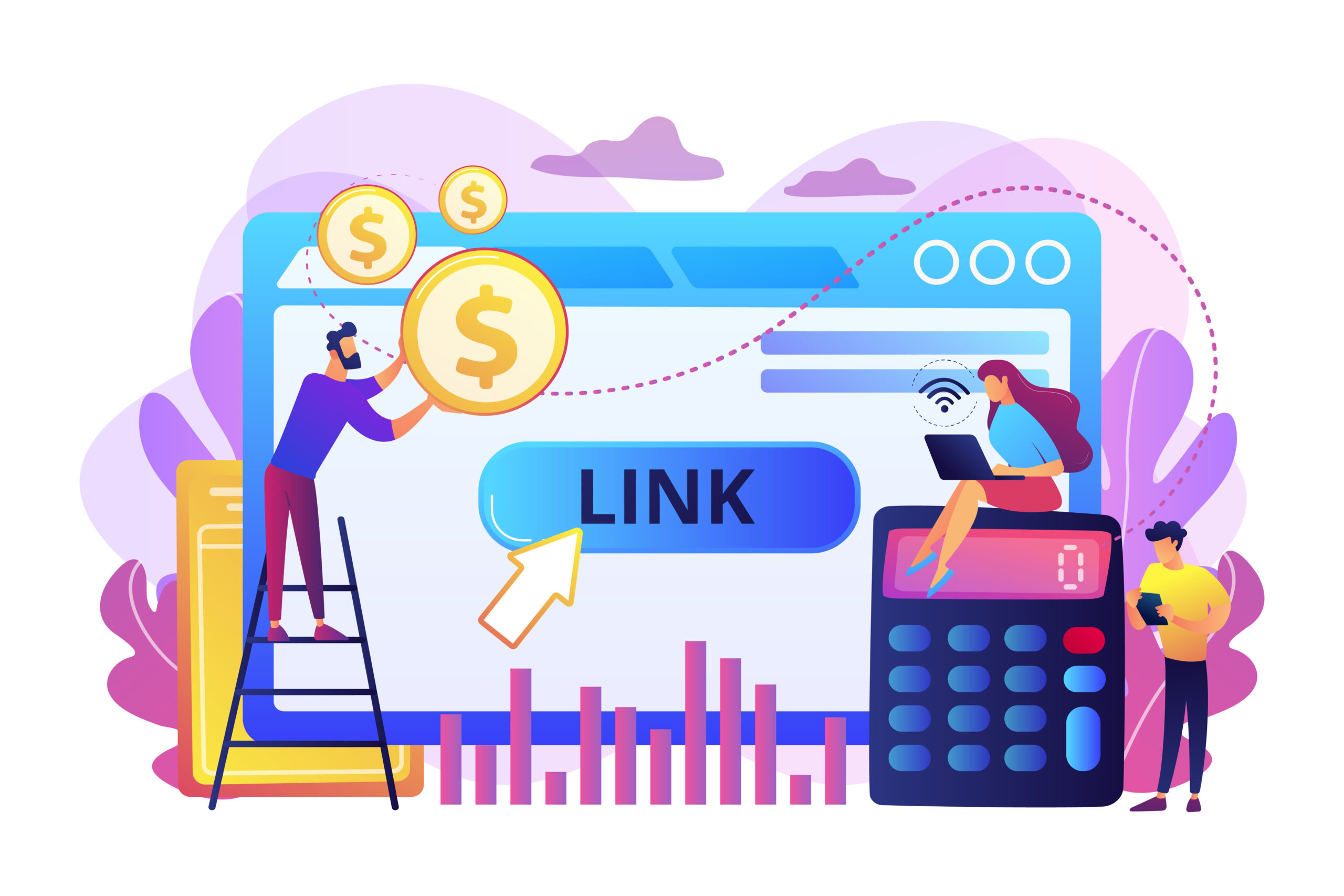Have you ever felt that your Google Ads campaigns are falling short of expectations? You’re not alone. Many businesses struggle with optimizing your Google Ads for maximum ROI. With the right strategies, however, you can improve your campaign performance, increase conversions, and ensure every dollar spent is working harder for you.
So, how do you optimize your Google Ads campaigns to get the best possible return on investment (ROI)? What are the crucial strategies that will set your campaigns up for success? And, most importantly, how can you make sure you’re not wasting money on ineffective ads?
So, in this blog post, we’ll explore the key tactics and tips that will help you optimize your Google Ads, boost ROI, and ultimately achieve better results from your advertising efforts. Whether you’re new to Google Ads or a seasoned pro, these strategies will help take your campaigns to the next level.
Why Optimizing Google Ads Matters for ROI – Optimizing Your Google Ads
Google Ads offers businesses an incredible opportunity to reach a wide audience with targeted ads. However, without optimization, you might find your ad spend quickly draining without seeing meaningful results. Additionally, optimizing your Google Ads campaign is essential for getting the best value for your money. So, without it, you might:
- Overpay for clicks: Unoptimized bids can lead to higher costs per click (CPC).
- Target the wrong audience: Ads may be shown to users who are unlikely to convert.
- Waste your budget: Poor targeting, low-quality keywords, or ineffective ad copy can lead to wasted spend.
By optimizing your Google Ads campaigns, you improve ad relevance, decrease costs, and increase conversion rates. Moreover, the ultimate goal is to ensure that each click brings value to your business, which translates into a better ROI.
Understanding Your Audience for Better Targeting
The first step in optimizing your Google Ads for maximum ROI is to understand your target audience. After all, what’s the point of spending money on ads that aren’t reaching the right people?
Key Questions to Consider:
- Who are you trying to reach with your ads?
- What are their pain points and needs?
- What type of language do they use when searching for your products or services?
Google Ads provides powerful targeting options to help you reach the right audience. Furthermore, from demographic targeting to location-based targeting, understanding your audience will help ensure your ads appear to people most likely to convert.
For example, if you’re selling premium skincare products, you might want to target women aged 25-45 who are interested in beauty products and live in urban areas. So, knowing this helps refine your targeting to ensure your ads only appear to relevant users.
Keyword Optimization: The Heart of Google Ads – Optimizing Your Google Ads
One of the most crucial elements of any Google Ads campaign is selecting the right keywords. Keywords are the foundation of your ads, determining when and where they’ll show up. To optimize your ads for maximum ROI, you need to do more than just pick a few broad terms.
Effective Keyword Strategies:
- Use long-tail keywords: These are longer, more specific phrases that may have lower search volume but higher intent. For example, “affordable anti-aging skincare for sensitive skin” is more targeted than just “anti-aging skincare.”
- Negative keywords: These help filter out irrelevant traffic. For instance, if you’re selling luxury skincare, you might want to exclude terms like “cheap” or “discount.”
- Utilize keyword match types: Broad match, phrase match, exact match—these options let you control how closely your keywords match a user’s search query. So, be strategic about which match types you choose to avoid wasting money on irrelevant clicks.
Regularly reviewing your keyword performance will help you fine-tune your keyword selection and ensure that you’re only paying for clicks that matter.

Ad Copy That Converts – Optimizing Your Google Ads
What’s the point of getting clicks if your ad copy isn’t convincing enough to make the visitor take action? So, optimizing your ad copy is crucial for improving your ROI. Your ad copy must not only attract attention but also encourage users to click and convert.
Tips for Crafting Effective Ad Copy:
- Include a strong call-to-action (CTA): Phrases like “Buy Now,” “Learn More,” or “Get Started” create a sense of urgency and give the user a clear next step.
- Highlight unique selling points (USPs): What makes your product or service stand out? Include that in your ad to show users why they should choose you.
- Use ad extensions: Take advantage of Google’s ad extensions, which add extra information to your ads like phone numbers, locations, or additional links. Also, these can improve your click-through rate (CTR) and help you stand out.
Remember, A/B testing your ad copy is key to finding what works best. Small tweaks can make a big difference in your ad performance.
Optimize Your Landing Pages for Conversions
You’ve crafted the perfect ad, selected the best keywords, and now you’re seeing more clicks. But what happens when users land on your website? So, if your landing page isn’t optimized for conversions, all your hard work will be wasted.
Here’s how to optimize your landing pages for better conversions:
- Ensure relevancy: The content of your landing page should match the ad. Additionally, if you’re running ads for a specific product, the landing page should showcase that product and its benefits.
- Clear CTA: Your landing page should have a prominent CTA, guiding visitors toward the next step, whether it’s making a purchase, signing up for a newsletter, or requesting more information.
- Fast loading time: A slow website can significantly impact your conversion rate. Ensure your landing page loads quickly to prevent users from bouncing before they even see your offer.
Adjust Your Bidding Strategy – Optimizing Your Google Ads
Once you’ve optimized your targeting, keywords, and ads, it’s time to take a look at your bidding strategy. Additionally, Google Ads offers several bidding options, each suited for different goals. You’ll want to select the strategy that aligns with your business objectives.
- Manual CPC bidding: You set your maximum CPC bids manually, giving you control over your budget.
- Enhanced CPC (ECPC): Google automatically adjusts your bids to maximize conversions while staying within your budget.
- Target CPA (Cost per Acquisition): With this strategy, you set a target cost per conversion, and Google adjusts your bids to help you achieve that goal.
- Target ROAS (Return on Ad Spend): Google adjusts your bids to help you maximize revenue based on your target return on ad spend.
Choosing the right bidding strategy based on your business goals will help you make smarter decisions with your budget, leading to better ROI.

Monitor, Analyze, and Adjust
Optimization isn’t a one-time task—it’s an ongoing process. So, to ensure your Google Ads campaigns continue to perform well, you need to regularly monitor and adjust your campaigns. Google Ads provides a wealth of data to help you analyze performance.
Key Metrics to Monitor:
- Click-through rate (CTR): The percentage of people who click your ad after seeing it. Also, a high CTR indicates that your ad copy and targeting are on point.
- Conversion rate: The percentage of visitors who take the desired action on your website (e.g., make a purchase, fill out a form).
- Cost per conversion: The amount you pay for each successful conversion. Additionally, a lower cost per conversion means you’re getting more value from your ad spend.
By analyzing these metrics, you can identify areas that need improvement and make data-driven decisions to continually optimize your campaigns.
Utilize Remarketing to Increase Conversions – Optimizing Your Google Ads
Not every person who clicks on your ad will convert right away. That’s where remarketing comes in. Remarketing allows you to target people who have previously interacted with your website or ads, reminding them about your products and encouraging them to return and complete their purchase.
How to Make Remarketing Work for You:
- Segment your audience: Target users based on their previous interactions with your site. For example, you might want to show ads to visitors who abandoned their cart without completing the checkout process.
- Create compelling ads: Your remarketing ads should be personalized and relevant, offering special discounts or highlighting products the user has shown interest in.
Remarketing can significantly improve your ROI by targeting users who are already familiar with your brand and more likely to convert.

Conclusion: Optimizing Your Google Ads
Optimizing your Google Ads for maximum ROI is an ongoing effort that requires attention to detail and regular adjustments. Additionally, by understanding your audience, refining your keyword selection, improving your ad copy, and optimizing your landing pages, you can maximize the value of your ad spend.
Additionally, tracking performance, adjusting bids, and utilizing remarketing strategies will help you make data-driven decisions that ensure long-term success. Remember, it’s not just about getting more clicks—it’s about getting the right clicks and converting those visitors into loyal customers.
With the right strategies in place, your Google Ads campaigns can become a highly effective tool for driving growth and achieving a strong return on investment.








